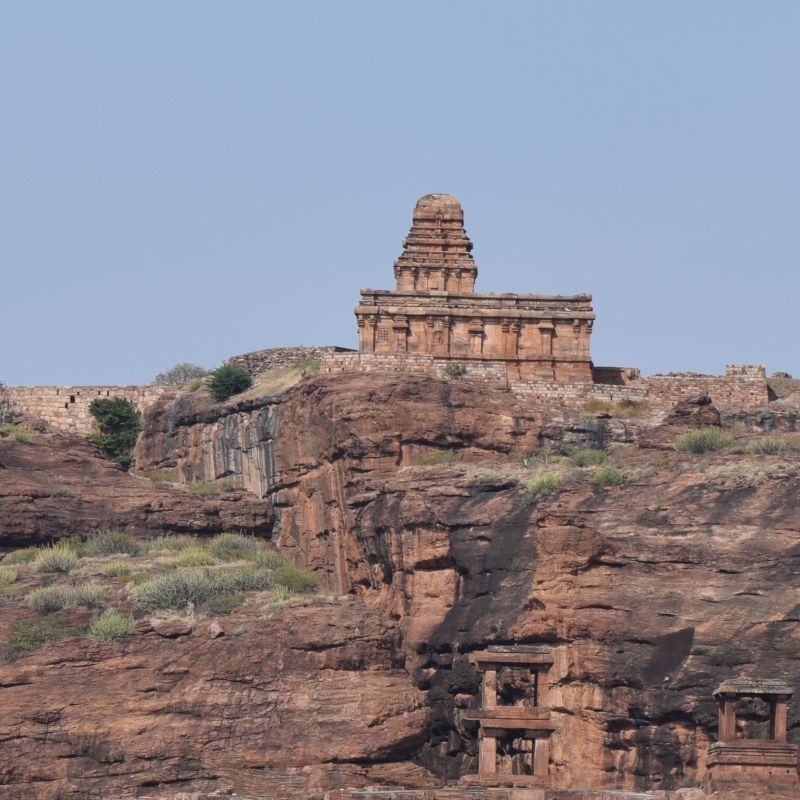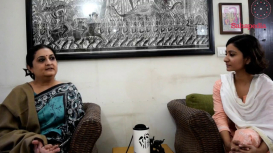The Calukyas of Badami gained control over Deccan at a point when Saivism began thriving and Buddhism was nearing its end in the region in the mid 6th century CE. At the same time Jainism also started gaining a presence. Irrespective of their Vaishnava inclination stated in their epigraphs and royal insignia, the early Calukyan kings extended their patronage to various religious systems. They patronised the construction of several stone temples dedicated to Vishnu, Shiva, Surya, Ganesa, Jinenedra, in the regions of Badami, Aihole, Mahakuta and Pattadakal. However, the latter sites evolved as purely Śaiva centres. The temples of the Calukyas of Badami are unique, in terms of their form and execution. These temples reveal an assimilation of northern and southern artistic traditions and a style indigenous to the Calukyas, identified as the Karnata-Dravida. This project studies the evolution of religious edifices of the Calukays from the regions of Badami, Aihole, Mahakuta and Pattadakal. It provides a nuanced understanding of co-exisitng architectural styles (Nagara, Dravida and Karanata-Dravida) in the Calukyan territory, illlustrated with examples. In addition, it analyses the various elements indigenous to the Calukayn building tradition and its development between 200 years (mid 6th to mid 8th century CE). The archaeology of the Calukyan built material, religious affiliation of the various monuments, involvement of the royalty in construction of these built spaces and their artists also form an essential part of the module.
Temple Architecture of the Calukyas of Badami
in Module
Published on:
Ajeya Vajpayee
Ajeya Vajpayee is a research scholar. She recently completed her M.Phil from the Department of History, University of Delhi. She has specialised in ancient Indian History. Her research interest lies in the art historical traditions of ancient India. She has experience documenting a number of region and sites across India.





